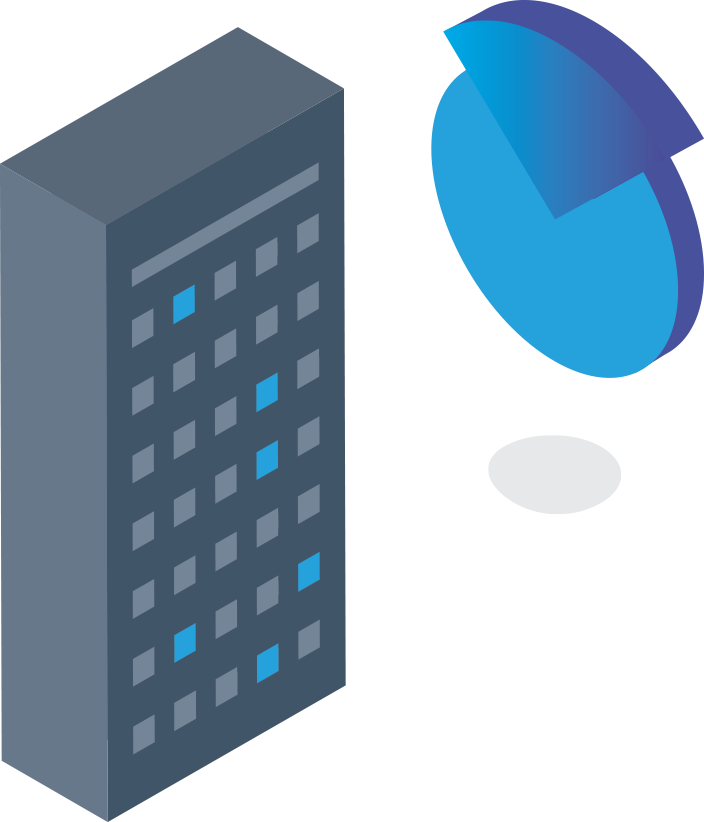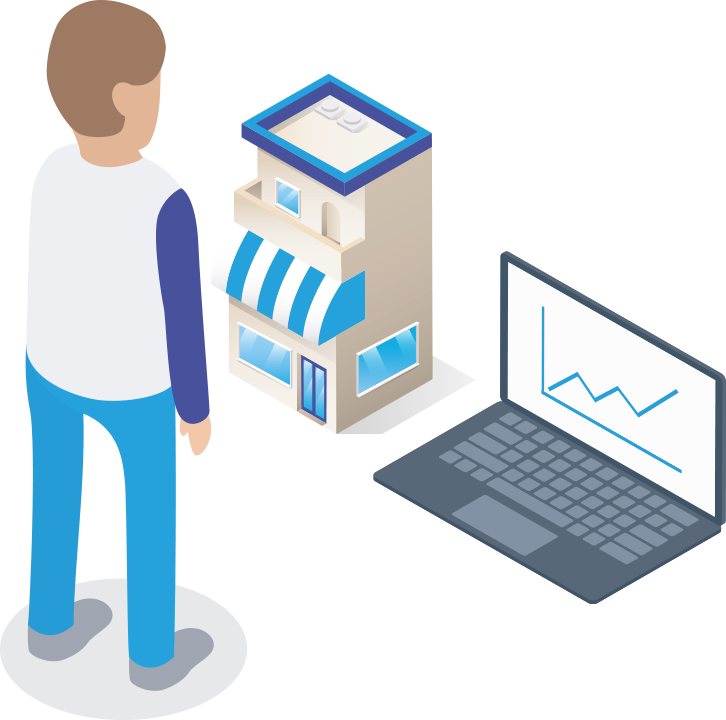Until now, e-commerce organizations looking for an online commerce platform, had to choose between two distinct cloud software delivery models - single and multi-tenant. Adapting to one of them, required compromises in security, performance or scalability, which harnessed the competitiveness of their businesses.
Our new cloud delivery model called hybrid-tenant, integrates the best of both worlds. Hybrid approach eliminates compromises and delivers the competitive edge for any company running e-commerce business, enabling them to benefit from the distinct features, characteristic for pure single-tenant and multi-tenant models.

To stay competitive, companies often face the challenge of updating their e-commerce systems. In many cases, updates are made at least once a year, and the process can take up to several weeks. This can yield unpredictable costs, including development, quality assurance and release activities, not to mention lost business opportunities, resulting from system downtimes or running an outdated platform that lacks critical functionalities.
To meet the expectations of our customers, we solved one of their key problems, by completely eliminating the manual update process and providing them with automatic daily system update. This approach drastically reduces their operating costs, eliminates system downtimes and increases agility of their businesses.

To remain competitive in today’s digital world, retailers want to have the ability to deliver their messaging to the widest possible audience. To support this requirement, our system encompasses a headless architecture that brings a flexibility and agility by enabling companies to create single message and deliver it across all channels and devices, regardless of their interface.
With headless architecture, platform’s back-end is separated from its front-end, enabling quick development and release of new storefronts and customer touch points, like websites, mobile apps or in-store product presentation systems.

Unlike many monolithic e-commerce platforms, that lack agility and flexibility, our system is based on microservices architecture. Microservices are building blocks that represent individual system areas or functions and can be developed and deployed independently.
With microservices we provide our customers with tools to scale their businesses much faster and more independently to limit technological bottlenecks that hamper the long-term business development.
